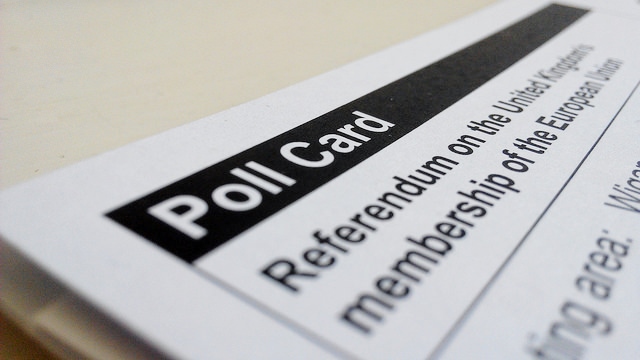Some things never seem to change. In the mid-16th century, in the course of her short reign Queen Mary, a daughter of Henry VIII, tried to restore Catholicism. To this end, she arranged to marry King Philip of Spain, at a time when Spain dominated Europe. The Spanish ambassador in London sent back a gloomy report. The English, he said, drink vast quantities of alcohol and hate all foreigners.
In the spirit of continuity, people from other countries continue to be baffled by us. We await the results of the referendum with keen anticipation. But it is not easy to explain to someone from Spain, as I had to do this week, that the areas of the UK which might benefit from Brexit are very likely to vote Remain, whilst those which would struggle will vote Leave.
Rational choice seems to have flown out of the window. The former mining valleys of South Wales, for example, whose income per head is one of the lowest in Western Europe, benefit substantially from an inflow of EU funds. Yet it appears that they will vote strongly to quit the EU. In contrast, London and the South East, which have a dynamic, innovative economy, are keen to stay in the EU.
It is obvious to anyone who has visited these places that the Thames Valley, for example, has a more successful and outward looking economy than, say, the old mill towns of the North of England. But how do we actually measure this? George Osborne is trying to redress regional imbalances with his Northern Powerhouse, and trying to boost the long term potential of the whole of the UK with his Productivity Plan. The problem is that the data produced by the Office for National Statistics is wholly inadequate for judging whether a local area has started to perform better as a result of his initiatives, or whether it has even got worse.
We can get an idea of the relative dynamism of each local authority area in the UK by looking at the stability of relative unemployment rates both across the UK as a whole, and within each of the UK’s regions. If an area if performing relatively badly, its unemployment rate is likely to be higher than not just the average in the UK, but compared to other areas in its own region, such as Yorkshire or Eastern England.
The numbers make depressing reading. Comparing unemployment rates in the 382 local authority areas in the UK in 2005 with the rates in 2015, the correlation is 0.88. In plain English, little change. If you were doing badly before the crash, you were still doing badly after it. Even if we go back to 1990, in general the poor areas are still poor, and the rich ones rich.
The map of local unemployment rates in Britain continues to be a mirror image of the referendum poll numbers. Another source of bafflement for Spain and the rest of the EU in the early 21st century.
Paul Ormerod
As Published in CITY AM on Wednesday 22nd June
Image: Polling Card by Abi Begum as licensed under CC BY 2.0


